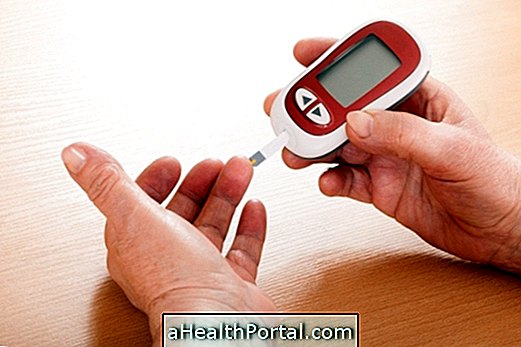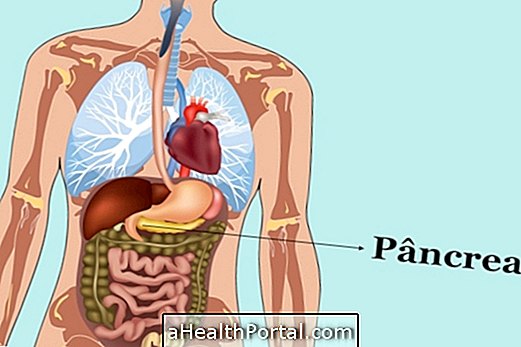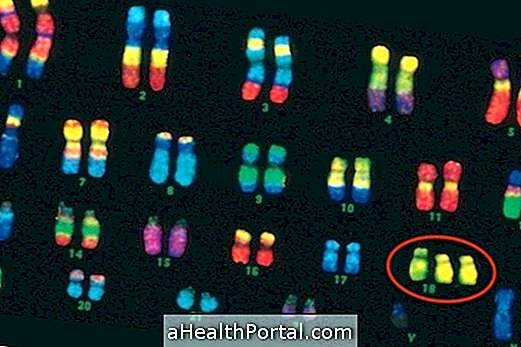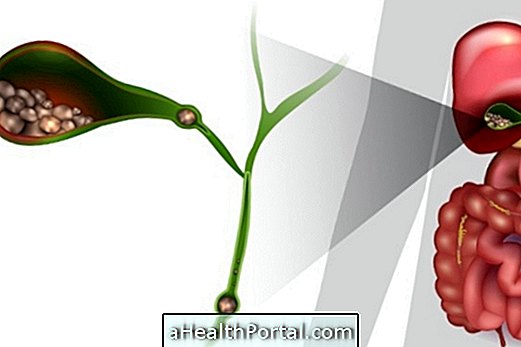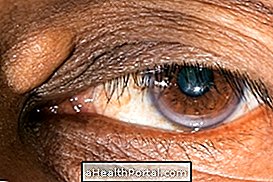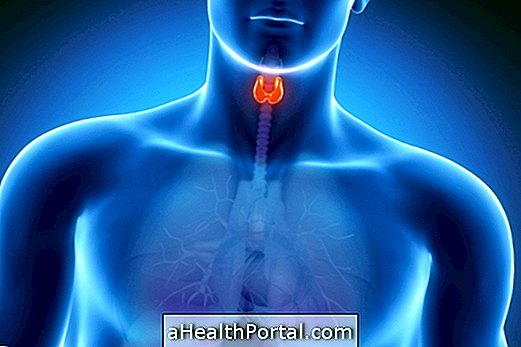The treatment of dystonia can be done with injections of botulinum toxin, known as botox, remedies to control dystonia, muscle relaxants, physiotherapy and surgery, which includes deep brain stimulation.
Dystonia occurs when muscles contract involuntarily, causing repetitive and uncontrollable movements, which can affect daily tasks, so the treatment for dystonia is aimed at controlling muscle contractions, improving the patient's quality of life.
The choice of treatment should be made by the physician according to the severity and type of dystonia, such as acute, generalized, cervical, segmental or neurovegetative dystonia. Learn more about the types of dystonia in: Dystonia.
Treatment for dystonia with botox
Dystonia can be treated with injections of botulinum toxin, known as botox, as this substance helps to decrease the involuntary muscle contractions characteristic of this disease.
Botox injections are given by the doctor directly to affected muscles, usually every 3 months, and it is normal to experience pain at the injection site for a few days. In addition, botox injections can cause other side effects, depending on the site of injection, such as difficulty swallowing, in case of cervical dystonia, for example.
Remedies for dystonia
Drug treatment for dystonia can be done with the following remedies:
- Levodopa and Carbidopa: used to improve involuntary spasms;
- Tetrabenazine: indicated in the treatment of diseases characterized by uncontrollable irregular movements;
- Triexiphenylate: an anticholinergic drug, which works by blocking the release of acetylcholine, which is responsible for causing muscle spasms;
- Baclofen: relieves muscle stiffness and relaxes muscles;
- Diazepam and lorazepam: muscle relaxants, which promote relaxation of muscles.
These remedies should be prescribed by the physician, and the dose and mode of use may vary according to the severity of the dystonia.
Physiotherapy for dystonia
Physiotherapeutic treatment for dystonia consists of performing specific exercises or techniques to help maintain all movements, improve posture, relieve pain, prevent shortening or weakening of affected muscles, and improve the patient's quality of life.
In addition, physical therapy helps prevent muscle contractions and lessen the side effects of botox treatment by relieving pain or swallowing stimulation, for example, that may be compromised by botox.
Surgery for dystonia
Surgical treatment for dystonia can be done through two techniques:
- Deep brain stimulation: involves the implantation of electrodes inside the brain that are connected to a small device, similar to a pacemaker, that usually stays in the abdomen and that sends electrical impulses to the brain, helping to control the muscular contractions;
- Selective peripheral denervation: consists of cutting the nerve endings that are causing muscle spasms.
These surgical options are usually only made when the other treatments have not been effective.
Signs of improvement
Signs of improvement in dystonia are related to the initiation of treatment and include a decrease in the number of involuntary muscle contractions and, consequently, repetitive movements or distorted postures as well as pain.
Signs of worsening
Signs of worsening dystonia arise when the treatment is not done properly and include the increase and intensity of involuntary muscle contractions, causing repetitive movements that affect the patient's daily life tasks and, consequently, their quality of life.
